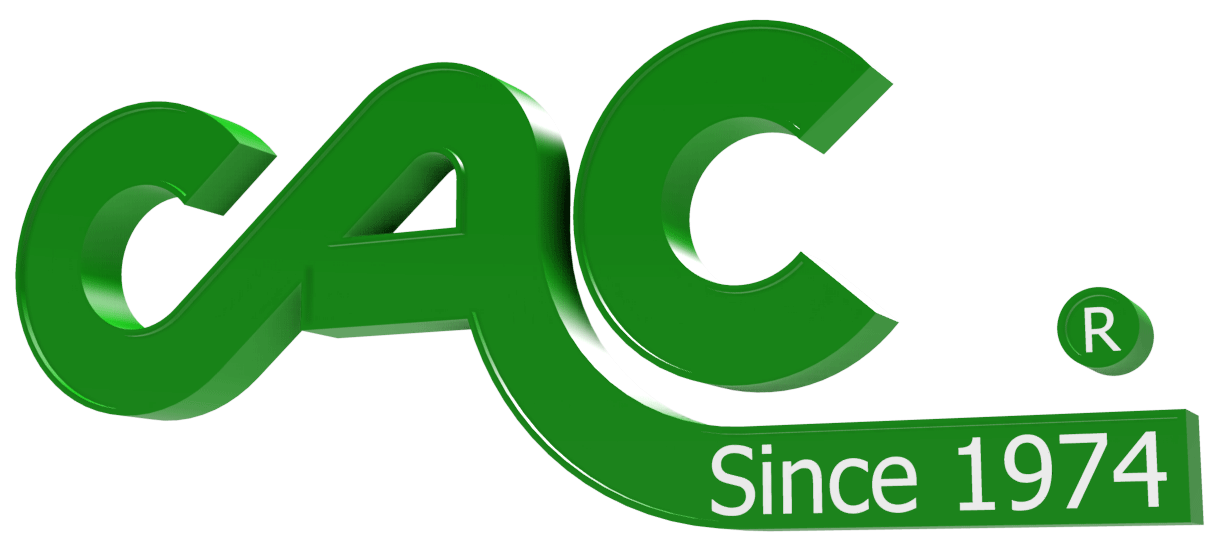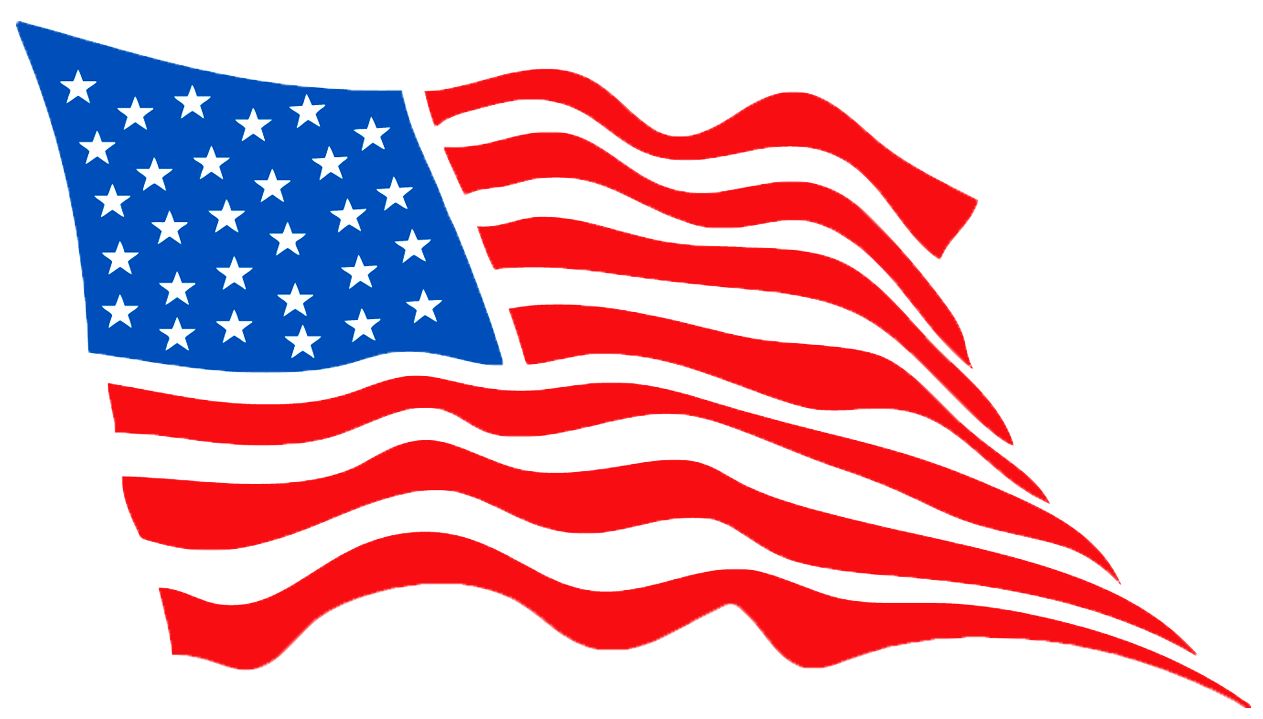
|
Roll Support System |
Modular Rewinds and Unwinds Allow Easy Increased Production and Added Capabilities
Wind Gap, Pennsylvania: CAC's latest single station and multi station unwind and rewind systems are engineered as modular technology allowing them to be easily integrated into existing lines. Among the benefits offered by CAC unwinds and rewinds are that they allow processors to easily and economically add a station and increase production, expand capabilities and reduce changeovers by allowing larger rolls.
According to Jeff Damour, CAC Engineering Manager, CAC unwinds and rewinds can be custom configured using off the shelf components and may be as simple or as sophisticated as the customer's application requires. They are exceptionally competitively priced competitive, are usually delivered and installed very quickly and are compatible with all web production materials.
CAC offers an exceptionally broad range of sizes and capabilities, including manual and automatic controls. Rolls can be handled at up to 2000 fpm in diameters to 60 inches and web widths to 120 inches and weights to 3000 lbs. For wider web applications, stand alone systems are the preferred choice. Machine mounted systems are available for narrow web operations and are offered in a wide range of simple to sophisticated systems.
”The benefits of our unwinds and rewinds are extraordinary. With a simple installation we can allow a converter to develop an entirely new process, such as laminating, for example. The modular construction designs made possible by our decades of experience in virtually all types of web operations make these systems an unusually cost effective solution to a converter's desire to grow without investing in a major overhaul. It is precisely the kind of technology converters tell us they are looking for-effective, easy to install, easy to maintain,“ Damour said.
CAC unwind and rewind options include single and multi-station in dual support pedestal and cantilevered configurations. CAC unwind and rewind stands feature compact designs to minimize floor space requirements and are heavy-duty; constructed of structural steel for maximum strength and rigidity. All systems are engineered to be readily retrofitted to existing lines and to seamlessly incorporate the full range of CAC web handling technology including air shafts, and safety chucks.
A typical custom configured CAC unwind/rewind system may include a wide range of CAC supplied options, including closed or open loop automatic tension control, web guide systems, COR-LOK® air shaft featuring exceptional gripping power, Shaft-Lok safety chucks, and idler rolls featuring Winertia® engineered aluminum tubing.
Currently celebrating its 31st year of success, Converter Accessory Corporation designs, engineers and manufactures web handling equipment for converters of paper, film, foil, nonwovens and textiles. Engineered solutions include high quality, cost effective equipment from the simplest aluminum core cone to the most sophisticated unwind/rewind system. CAC is represented by knowledgeable sales engineers and provides extensive consultation and post sales support.
For more information contact Pam Damour, Converter Accessory Corporation, 201 Alpha Road, Wind Gap, PA 18091-1279, (800) 433 2413, fax (610) 863 7818. CAC@epix.net Web site: www.handleyourweb.com
New Dual Station Scrap Rewind System Offers Exceptional Efficiency

Converter Accessory Corporation (CAC®) is introducing a new dual station system (SW2) that allows on-the-fly cutover with minimal to zero stop time. The SW2 is engineered for web widths to 30 inches and capable of rewinding rolls up to 36 inches in diameter in weights to 600 pounds. A robust drive delivers speed ranging from fractional to 1000 feet per minute. The complete, belt driven system is supplied with a torque controlled motor with manual control, digital torque setting and emergency ”stop“function.
The SW2 will readily accommodate automatic tension control if desired.
According to Jeff Damour, CAC® Engineering Manager, the SW2 is ideal for rewinding edge trim and label matrix scrap and is much faster than single station systems. While aimed at scrap rewind, the SW2 may also used for any rewinding application that fits the SW2's capabilities.
”Like all CAC systems, the SW2 is engineered for easy operation, easy maintenance and easy installation. It can be installed on a machine frame, table top or floor mounted. The belt drive is designed for reliable, quiet operation,“ Damour said.
The SW2 features CAC's widely used COR-LOK air shafts for fast, easy core locking and rapid roll changes.
In addition to the SW2, CAC offers a wide range of unwind and rewind technology optimized by CAC's unique ”building block“ approach. This approach begins with two basic pedestals to which any or all of CAC's web handling accessories can be added; including core support systems, shaft support systems, pneumatic conveying systems and wrinkle removal systems.
Drawing on the experience of more than 30 years of success, Converter Accessory Corporation designs, engineers and manufactures web handling equipment for converters of paper, film, foil, nonwovens and textiles. Engineered solutions include high quality, cost effective equipment from the simplest aluminum core cone to the most sophisticated unwind/rewind system. CAC is represented by knowledgeable sales engineers and provides extensive consultation and post sales support.
For more information contact Pam Damour, Converter Accessory Corporation, 201 Alpha Road, Wind Gap, PA 18091-1279, (800) 433 2413, fax (610) 863 7818. CAC@epix.net Web site: www.handleyourweb.com
Grooved Rollers for Wrinkle Removal

 |
This type of spreader roller has no wrap angle. Because the web is not supported across its full width, the material must be fed straight in and out of this spreader roller assembly.
Advantages:
- This type of spreader roller is the most aggressive.
- Simplicity of design makes this type of spreader roller easy to maintain.
- The amount of spreading is easily adjustable, by changing the angle of each nip set independently of each other.
- Works well with woven and non-woven webs.
Disadvantages:
- Because this spreader roller will not support the web across its full width, it will mark, distort and possibly tear most foils.
- This type of spreader roller is specifically designed for woven and non-woven materials. Any other type of materials may have difficulty with this type of spreader roller, because of web distortion.

 |
Considering a New Roll Stand?

If you are a converter of paper, film, foil, textile or nonwoven webs, you are, most likely, familiar with unwind and rewind stands used in the converting process. There may come a time when you are considering replacing the existing unwind or rewind section of your converting process. This may be because you are looking to increase capacity, improve quality and performance or possibly to accommodate changes to your web. Whatever your motivation, the task of acquiring an unwind or rewind stand to accommodate your requirements may seem overwhelming. You may be asking yourself, where to start.
Budget: Understanding your budget and conveying that information to a potential supplier can save a lot of time. This information is important when considering the type of roll stand and many of the available options, like web guide, core holding, shaft support, tension control and anti-wrinkle requirement.

Double E Group Simple, Cantilevered Unwind Station
Lead time requirement: Most roll stands are custom engineered, designed and manufactured around customer operating specifications. This process may take considerable time, so understanding your requirement for delivery window will, often times, assist with equipment specification. Which leads me to the next bit of information any machinery manufacturer will require.

Double E Group Shafted Unwind Stand
Your operating specifications: This roll stand will most likely be manufactured to unwind or rewind specific size rolls at specific rates into a converting process requiring specific values. The information an equipment manufacturer will require includes these operating specifications:
- Machine - type of converting process
- Material(s) - type of webs to unwound or rewound
- Material thickness range - thinnest to thickest
- Core size
- Maximum roll diameter
- Web width range - narrowest to widest
- Web tension range in pounds per linear inch (PLI) - minimum to maximum
- Running speed range (usually in feet per minute, in the US) - minimum to maximum
- Maximum roll weight
A word about operating specifications: DO NOT over specify range. Price, design and operation will all be dictated by accommodating your operating specifications. Over specifying can lead to overpriced, over complicated and difficult to attain design parameters. Also, keep in mind 0 FPM or 0 PLI are not valid low-end speed and tension specifications.
Does your roll stand require web guide?
Most unwind stands require web a web guide system. There are a couple of ways to web guide unwind stands.
- Move the roll of material as it is being unwound. This type of web guide is more compact and potentially simpler than an intermediate guide system. However, it will induce more stress on your web when moving the roll laterally, during the web guiding operation than an intermediate guide.

Simple Unwind Stand with Roll Shifting Web Guide System
- Intermediate guide will move one layer of the web as it is unwound (instead of moving the whole roll of material). This type of web guide system induces the least amount of stress on the web.

Dual Station Unwind Stand with Intermediate Web Guide System
Some rewind applications will benefit with the use of an automatic web guide system.
- Moving the rewind stand laterally is actually considered a chasing operation. Instead of positioning the web where it needs to be - you will chase the rewind to where the web is going, as it is being rewound.
- Intermediate guiding onto the rewind is true web guiding, not chasing.
What type of tension control?
- Manual (really no tension control): This is manual control of a torque output device; brake, clutch or drive. Keep in mind unwind and rewind zone tension is directly affected by roll radius. Tension will change, proportionally to roll radius change as unwind rolls get smaller and rewind rolls build. Torque adjustments will, most likely, need to be completed as the unwind or rewind is running.
- Open loop tension control is an excellent upgrade to manual control. Open loop tension controls will sense roll radius change to adjust a torque output device.
- Closed loop dancer or load-cell control will measure web tension in the unwind or rewind tension zone and will adjust torque output of a brake, clutch or drive, automatically.
- These are the BASICS. Please understand there are whole classes and many documents dedicated to web tension and tension control. This is a white paper discussing the mechanical basics: https://www.converteraccessory.com/whitepages/tcpaper1.pdf
Shaftless roll stands support the core and roll with struts that supply torque to the core and roll from the ends.

Double E Group Shaftless Unwind Technology
Shafted roll stands include a center shaft, usually an air shaft that supports the full core and roll width.

Example of Core Shafts

Double E Group Multi-Station, Shafted Unwind Stand

Double E Group Heavy Duty Shafted Unwind Stand
These are just some starting points when considering a new, custom engineered and manufactured roll stand for your application. As you discuss your needs with an equipment manufacturer, more information will come to light as available designs and technology are discussed and pondered.
This bi-weekly newsletter is brought to you by Double E Group.
Web Handling & Converting Industry Specialists | Double E Group
RETURN TO TOP |

 Please wait
Please wait
















